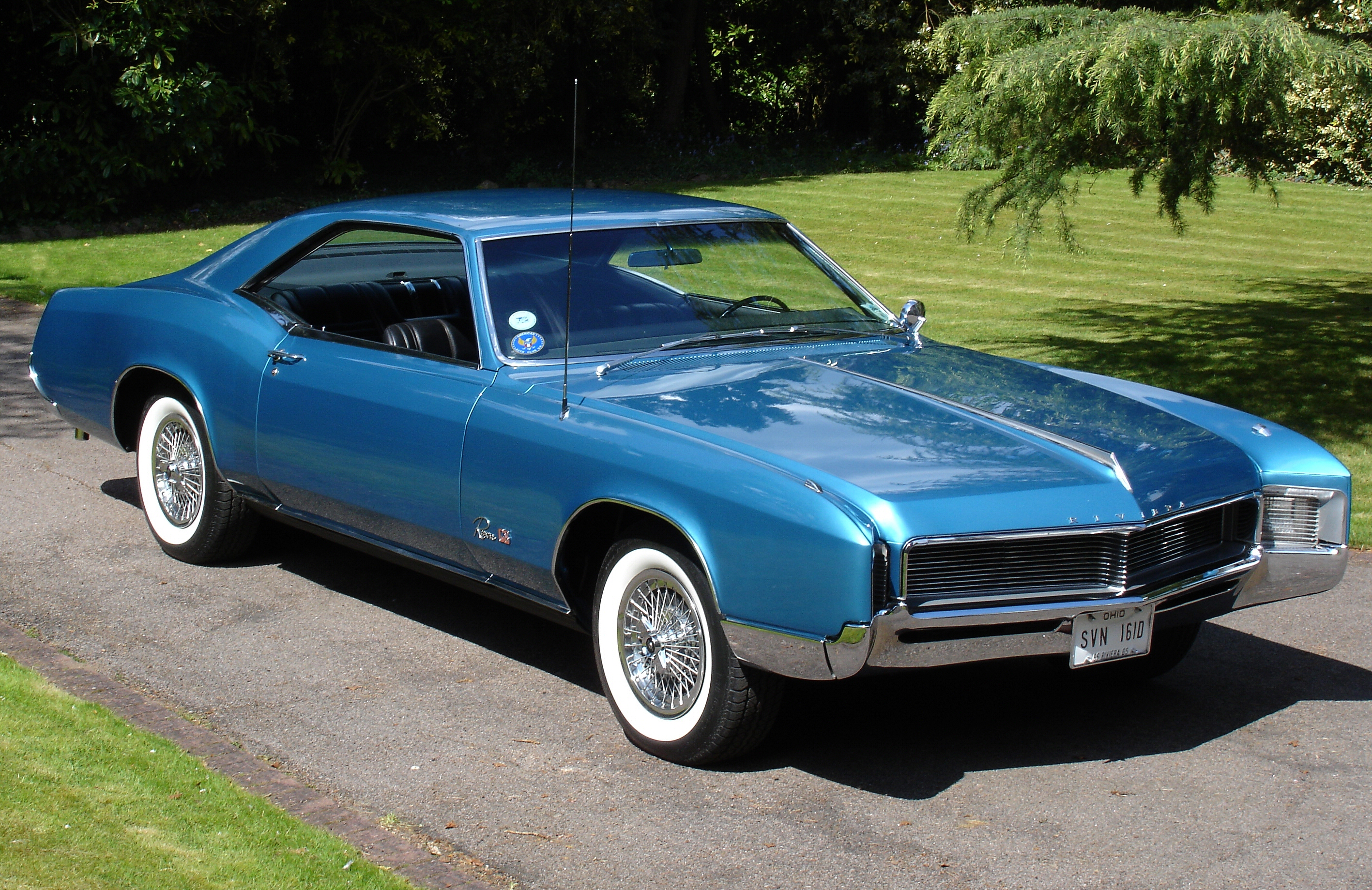
Forget your standard celebrity biographies that merely list accomplishments. Today, we’re embarking on a high-octane journey through the turbocharged life of a true icon, a titan whose path from the gospel halls of Watts to the dazzling pinnacles of disco royalty was as intricate, powerful, and utterly unique as a custom-built supercar. Sylvester, the man who famously declared, “I’m Sylvester!”, transcended being just a singer; he was a force of nature, a cultural pioneer whose profound impact on music and identity resonates with undeniable power even now.
His life was far from a smooth drive; it was a challenging rally course, complete with unexpected turns, bursts of acceleration, and moments of pure, unadulterated brilliance. He fearlessly confronted societal norms, redefined expectations, and infused every vocal performance with a raw, undeniable passion. This was a man capable of moving mountains – or at least, igniting a packed dance floor with unparalleled energy. His narrative stands as a powerful testament to the force of self-belief, a masterclass in forging one’s own path when the conventional map offers no guidance.
Prepare to witness the incredible transformation of a young boy with an extraordinary voice into an artist who simply refused to be confined by labels. From the earliest echoes of his unique talent within a Pentecostal choir to the audacious glamour of San Francisco’s avant-garde scene, Sylvester’s initial trajectory was a bold lesson in self-creation. This is the compelling story of how an unyielding spirit and an unmistakable sound began to reshape the world around him, one defiant note at a time, paving the way for a legend.
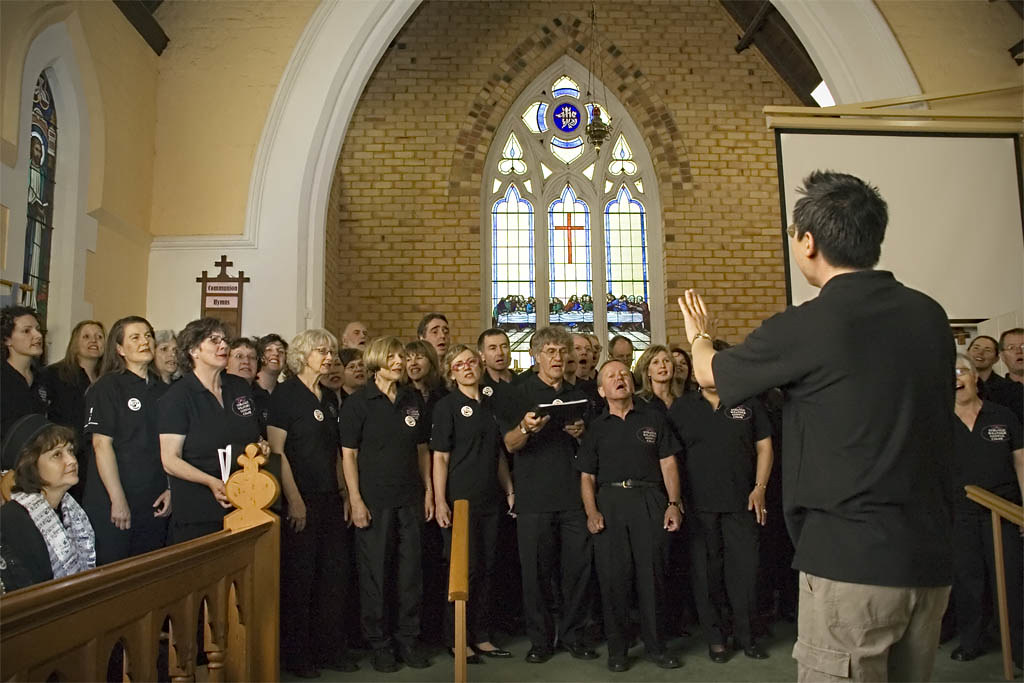
1. **The Genesis of a Star: Early Life and Gospel Roots**Born Sylvester James on September 6, 1947, in the Watts district of Los Angeles, his childhood unfolded within a middle-class African-American family. His mother, Letha Weaver, a devout adherent of the Pentecostal denomination of Christianity, regularly attended the Palm Lane Church of God in Christ. It was here, within the embrace of the gospel choir, that young Sylvester, affectionately nicknamed “Dooni,” first discovered and nurtured his profound love for music. An avid singer from the tender age of three, he enthusiastically joined in gospel performances, his powerful voice already hinting at the soulful depths it would one day command.
Even in his formative years, Sylvester exhibited a distinct and unmistakable personality. The women at his church lovingly described him as “feminine” and as “pretty as he could be, just like his mother.” They observed, “He wasn’t rough like the other boys. He was prim and proper.” He notably preferred the company of girls and women, often staying indoors to immerse himself in reading encyclopedias, listening to music, and playing his grandmother’s piano. These activities set him apart from his male peers, yet his mother staunchly defended his individuality, including his joy in dressing up in her and his grandmother’s clothes, affirming him as a cherished part of their family.
However, his early life was marked by a deeply traumatic incident at the age of eight when he was ually molested by an adult, rumored to be the church organist. The resulting injuries necessitated a doctor’s visit, where his mother was informed that her son was gay. This revelation clashed profoundly with Letha’s Pentecostal beliefs, which viewed homosexuality as a perversion and a sin, leading to her difficulty in acceptance. As news of Sylvester’s “homosexual activity” spread through the congregation, he felt increasingly unwelcome, eventually ceasing his attendance at age 13. This painful rupture from his spiritual roots undeniably pushed him towards new communities where acceptance and belonging could be found.
Read more about: Tom Shipley: The Enduring Legacy of a Folk-Rock Pioneer Whose ‘Ode to Weed’ Defined an Era
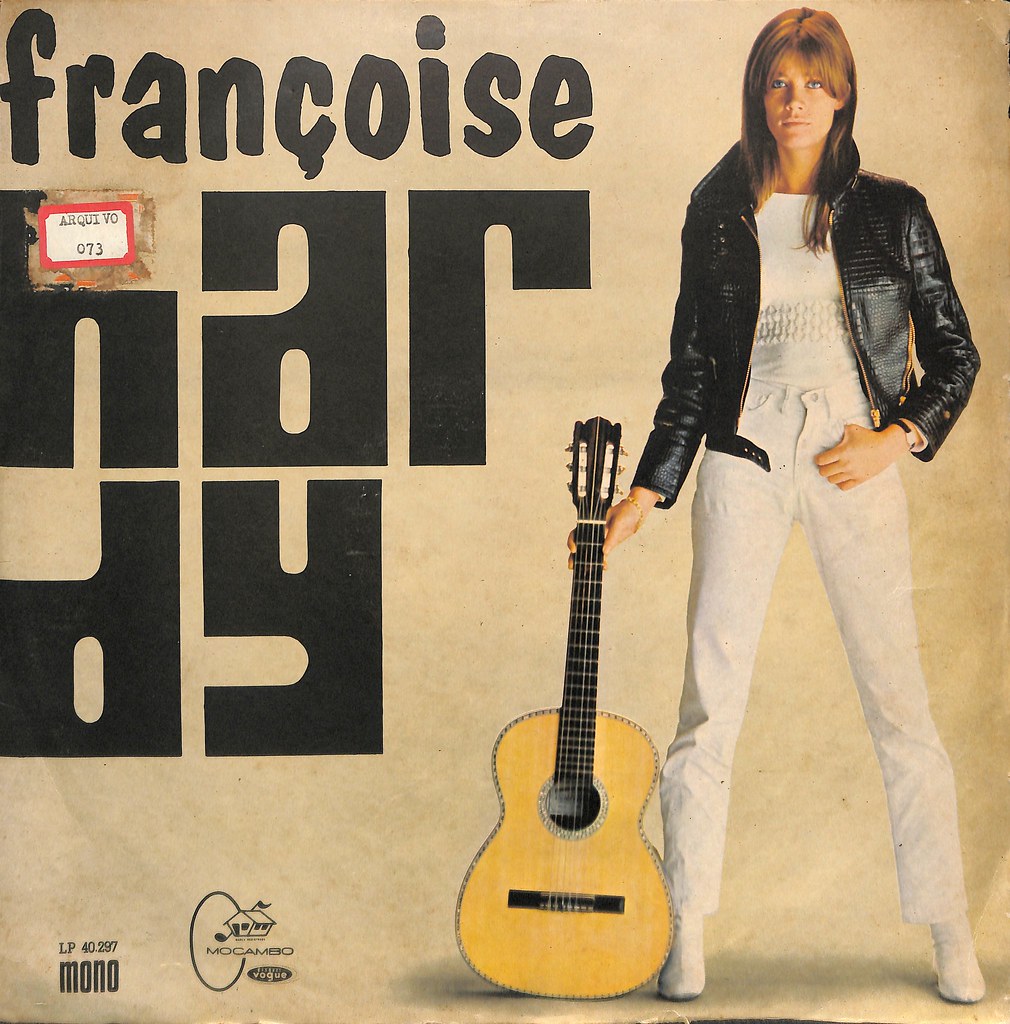
2. **Finding His Tribe: The Disquotays and the Dawn of Identity**Now navigating the world largely homeless, Sylvester spent much of the next decade seeking refuge and understanding with friends and relatives. Crucially, his grandmother Julia provided unwavering acceptance, having been a friend to several gay men in the 1930s. During this period, Sylvester began frequenting local gay clubs, gradually assembling a close-knit group of Black gay friends. They eventually formalized their bond, christening themselves “the Disquotays,” a vibrant collective that became his chosen family. Among them was Duchess, a trans woman who became his best friend, though Sylvester always maintained his distinct path, notably refusing to engage in prostitution, unlike some of his peers.
The Disquotays were a flamboyant and defiant force, known for throwing lavish house parties. These spectacles, sometimes held without permission at the home of rhythm and blues singer Etta James, were legendary. Attendees indulged in dressing up in elaborate female clothing and wigs, constantly vying to outdo each other in outrageous appearance and style. Biographer Joshua Gamson perfectly encapsulated their spirit, noting, “It’s tempting to see them as fearless and heroic, defiant sissies who were forerunners of Stonewall and sixties counterculture, part of the dawning of gay liberation and African-American civil rights organizing.” They were a bold, unapologetic statement in a largely conservative society.
Life as a visibly cross-dressing gay Black man in 1960s California presented constant, formidable risks. Sylvester often hitchhiked while in female dress, an act that carried the very real threat of arrest and prosecution, as cross-dressing was then illegal in California. While he managed to avoid imprisonment for this particular crime, he was arrested for shoplifting on several occasions, navigating a precarious existence. He cycled through a variety of professions, from cooking at McDonald’s—where he was famously fired for refusing a hairnet—to working as a make-up artist at a mortuary, each experience adding to his complex understanding of the world.
During the Watts riots, an explosive period of unrest between the Black community and the predominantly white police force, Sylvester and his friends joined in with the widespread rioting and looting. Their targets, however, were notably specific: they stole “wigs, hairspray, and lipstick.” This act, while perhaps unconventional, served as a powerful, if rebellious, assertion of identity and self-expression. Despite his limited interest in formal education and often skipping classes, Sylvester graduated from Jordan High School in 1969 at the age of 21. His graduation photograph captured him in a striking blue chiffon prom dress and beehive hairstyle, an indelible public statement of his identity. By the end of the decade, as the Disquotays began to disperse and some members transitioned, Sylvester consistently identified as male. He began to tone down the overtly feminine aspects of his attire, moving towards a more androgynous look that blended male and female styles, heavily influenced by the burgeoning hippie movement, preparing for his next significant transformation.
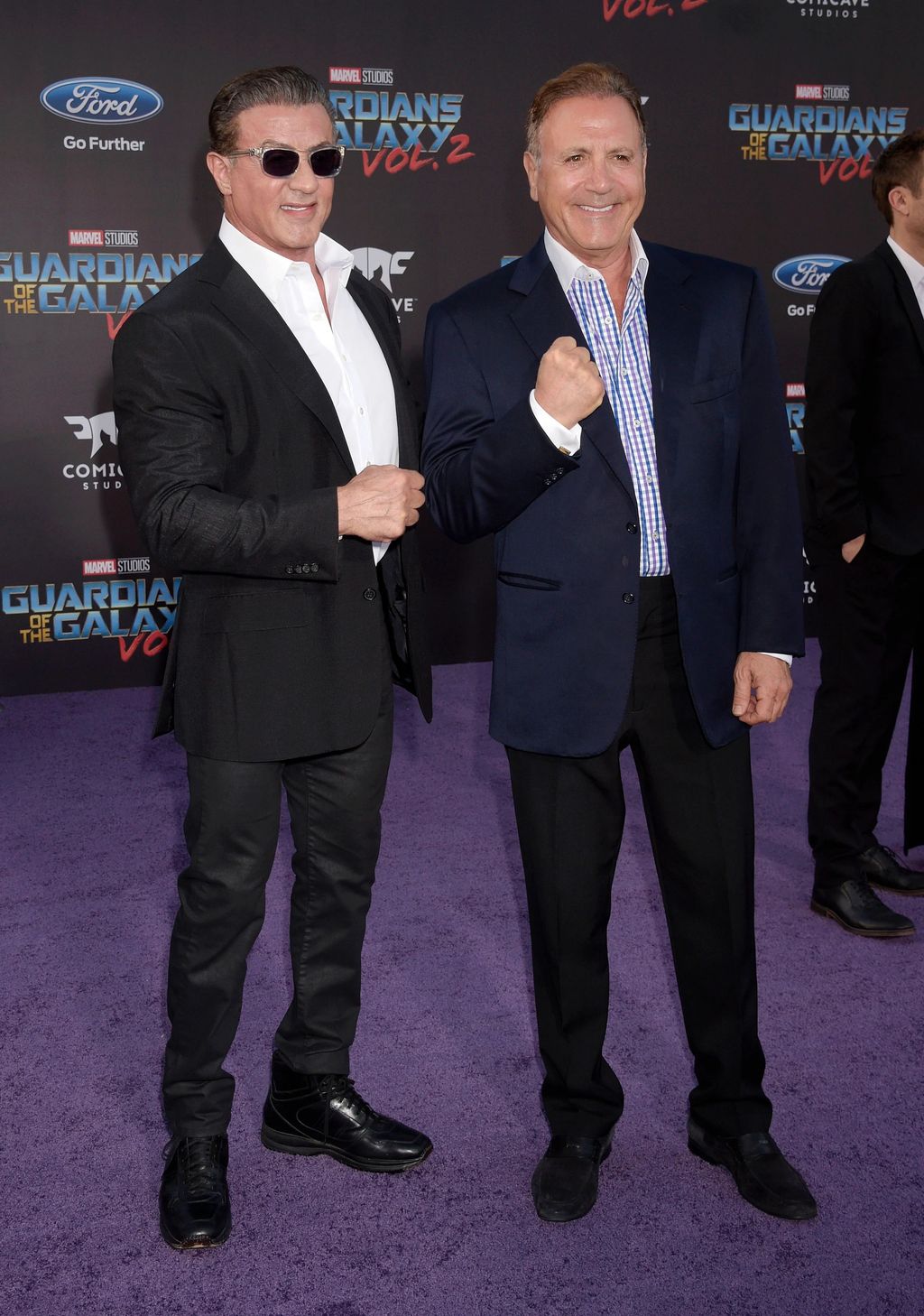
3. **San Francisco Calling: The Avant-Garde Theatricality of The Cockettes**The vibrant, counter-cultural allure of San Francisco soon beckoned Sylvester. At Los Angeles’ Whisky a Go Go bar, he met Reggie Dunnigan, who extended a pivotal invitation to join the “Chocolate Cockettes.” This was the Black contingent of the avant-garde performance art drag troupe known simply as The Cockettes. Founded by the legendary drag queen Hibiscus in 1970, The Cockettes were a force of creative chaos, parodying popular culture, championing the Gay Liberation movement, and embodying the free-love, mind-altering ethos of the hippie era. For Sylvester, with the Disquotays now disbanded and Los Angeles losing its grip, San Francisco represented a vital new frontier—a haven for gay and counter-cultural expression.
Upon his arrival in the city, Sylvester quickly made an indelible impression. Staying in the Cockettes’ communal home, his powerful falsetto singing voice and innate ability to play the piano captivated the troupe. He was swiftly invited to appear in their upcoming show, *Radio Rodeo*, where one of his earliest performances involved singing The Mickey Mouse Club theme song while provocatively clad in a cowgirl skirt. However, the intensity of communal living eventually proved challenging for Sylvester, who valued his privacy. After a year, he sought a new arrangement, moving into a house on Market Street with two fellow Cockettes, beginning to carve out his own distinct space even within this wildly experimental group.
While an integral member, Sylvester remained a somewhat isolated figure within The Cockettes. As one of the very few African-American members, he often eschewed the group’s more surrealist antics, favoring what he perceived as classier, more glamorous onstage performances. He was frequently granted entire scenes to himself, often with little direct relevance to the show’s overall narrative or theme. Nevertheless, through these powerful solo showcases, he cultivated his own loyal and growing following. Collaborating with piano player Peter Mintun, Sylvester honed solo segments that vividly exhibited his deep admiration for blues and jazz, channeling idols like Billie Holiday and Josephine Baker. He even adopted the evocative pseudonym “Ruby Blue” and playfully declared himself “Billie Holiday’s cousin once removed,” adding to his unique persona.
His time with The Cockettes was a period of significant personal and artistic growth. In 1970, he entered an open relationship with Michael Lyons, a young white man, and the couple even held a symbolic wedding in the Shakespeare Garden of Golden Gate Park, a bold declaration in an era when same- marriage was legally unrecognized. He appeared in the spoof film *Tricia’s Wedding*, where he demonstrated his versatile theatricality by playing both Coretta Scott King and the African ambassador Uma King. In 1971, he was granted his own one-man show, *Sylvester Sings*, at the prestigious Palace Theater. The Cockettes eventually gained increasing media attention, with *Rolling Stone* magazine singling out Sylvester for “particular praise, describing him as ‘a beautiful Black androgyne who has a gospel sound with the heat and shimmer of Aretha’.” This critical acclaim led the troupe to take their show to New York City, where despite the Cockettes’ overall critical panning, Sylvester’s act was widely praised as a definite highlight. Recognizing his superior prospects as a solo artist, he famously opened one New York performance by declaring, “I apologize for this travesty that I’m associated with,” before making his decisive exit from the troupe, ready to take on the world independently.
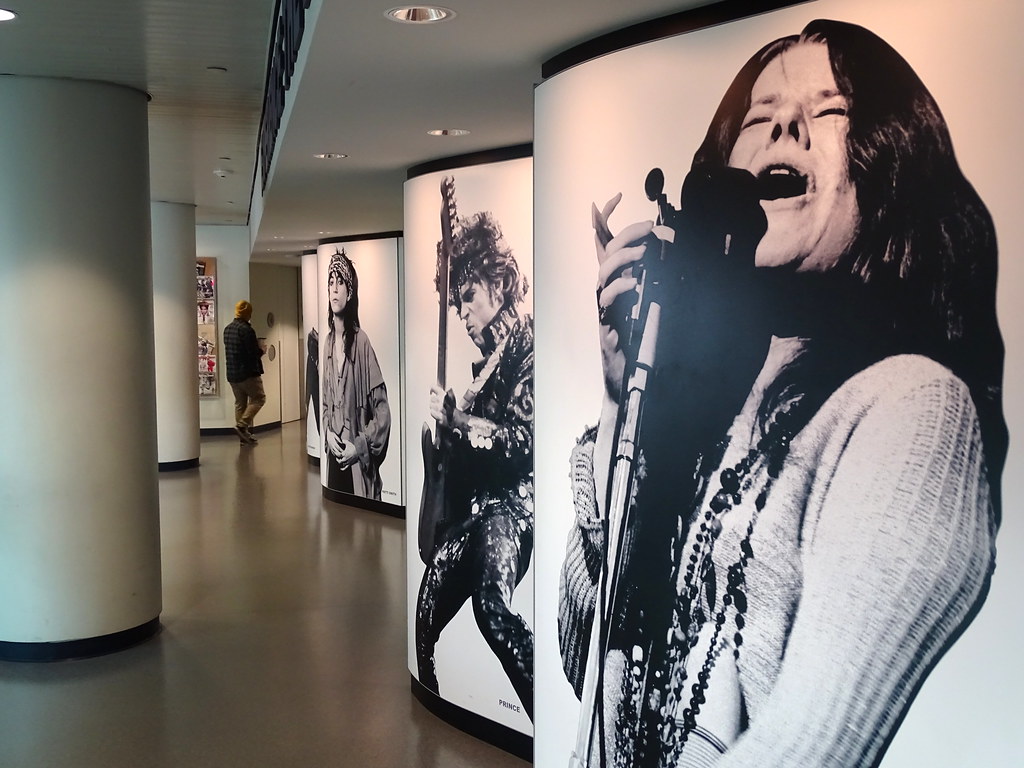
4. **From Theatricality to Rock: The Hot Band Experiment**Upon his return to San Francisco, Sylvester’s undeniable talent had already caught the discerning ear of *Rolling Stone* editor Jann Wenner, who offered him a significant opportunity to record a demo album. Financed by A&M Records, the album featured a cover of Bonnie Bramlett and Leon Russell’s song “Superstar,” a recent hit for The Carpenters. However, A&M ultimately determined the work was not commercially viable and declined its release, a frustrating setback for the ambitious artist. Undeterred, Sylvester and his manager, Dennis Lopez, assembled a group of heteroual white male musicians—Bobby Blood on trumpet, Chris Mostert on saxophone, James Q. Smith on guitar, Travis Fullerton on drums, and Kerry Hatch on bass—christening them “the Hot Band.” This marked a distinct pivot towards a more conventional rock band structure, albeit with Sylvester’s unmistakable star power at its core.
Despite the initial A&M rejection, the Hot Band soon found a new home on the Blue Thumb label, contributing two songs to *Lights Out San Francisco*, an album compiled by San Francisco’s KSAN radio. They began securing a number of local gigs, eventually landing a coveted opening slot for English glam rock superstar David Bowie at the Winterland Ballroom. Bowie, clearly recognizing a kindred spirit and a formidable talent, famously commented that San Francisco didn’t need him, because “They’ve got Sylvester,” acknowledging their shared flair for androgyny and captivating stage presence. This powerful endorsement from an international icon underscored Sylvester’s burgeoning reputation as an artist whose time was rapidly approaching.
In early 1973, Sylvester and the Hot Band officially signed with Blue Thumb under Bob Krasnow. Here, they made a conscious strategic shift from their blues roots towards the more commercially appealing rock genre, even enlisting The Pointer Sisters as backing vocalists. Their first album, originally intended to be titled *Scratch My Flower*—a playful nod to a gardenia-shaped scratch-and-sniff sticker for the cover—was ultimately released simply as *Sylvester and his Hot Band*. The album predominantly featured covers of tracks by artists such as James Taylor, Ray Charles, and Neil Young, a move that, while perhaps aimed at wider appeal, was notably described by one of Sylvester’s biographers as “lacking in ‘the fire and focus of the live shows’.” Consequently, sales were disappointing, failing to capture the magic of his live performances.
The band embarked on a demanding tour across the United States, encountering significant challenges and outright hostility. In several Southern states, widespread conservative and racist attitudes led to threats of violence and intense antagonism between the band and locals, a stark reminder of the prejudices Sylvester continually defied. Their second album, *Bazaar*, recorded in late 1973, included both cover songs and original compositions by bassist Kerry Hatch. While Hatch later commented that the Hot Band found this album more satisfactory than its predecessor, it again sold poorly. Music journalist Peter Shapiro critiqued these Blue Thumb albums, finding Sylvester’s “cottony falsetto was an uncomfortable match with guitars” and noting they both had an “unpleasantly astringent quality.” Frustrated by the persistent lack of commercial success and finding Sylvester “difficult to work with,” the Hot Band left Sylvester in late 1974, leading Krasnow to cancel his recording contract. Simultaneously, Sylvester’s relationship with Michael Lyons concluded, marking the end of a pivotal, experimental chapter in his career.
Read more about: Beyond the Stage: 11 Unseen Revolutions That Forged Rock Music’s Soul

5. **The Quest for a Sound: Post-Hot Band and the Birth of Two Tons O’ Fun**Left without a band or a recording contract, Sylvester embarked on another period of artistic re-evaluation and regrouping. He formed new groups, including “the Four As,” and experimented with new backing singers, notably Black drag queens named Gerry Kirby and Lady Bianca. He continued to perform at local venues like Jewel’s Catch One, a significant predominantly Black gay dance club on West Pico Avenue in Los Angeles. However, reviewers remained largely unimpressed with these new lineups, most of whom eventually abandoned Sylvester by December 1974. Following a brief sojourn in England, Sylvester returned to San Francisco, assembling yet another trio of drag queens—Arnold Elzie, Leroy Davis, and Gerry Kirby—as his backing vocalists. Despite performing at high-profile events like the 1975 Castro Street Fair, mainstream success continued to elude him, leading him to eventually let this group go.
A pivotal moment arrived with the hiring of Brent Thomson as his new manager. Thomson, possessing a keen eye for commercial viability, offered Sylvester a pragmatic, albeit strategic, piece of advice: “nobody is giving out recording contracts to drag queens.” She urged Sylvester to consciously shed his overtly androgynous image in favor of more masculine clothing. This was a calculated move aimed at broadening his appeal to a wider audience, a strategic re-packaging that aimed for mainstream acceptance without compromising the core essence of his unique artistry and voice.
Thomson then held auditions for new backing singers, a process that yielded an electrifying and ultimately career-defining result. Sylvester was immediately captivated by the undeniable vocal power of Martha Wash. He then astutely asked her if she knew another large Black friend who could sing, a question that led her to introduce him to Izora Rhodes. This fortuitous meeting instantly birthed the iconic “Two Tons O’ Fun,” who would much later gain mainstream success as The Weather Girls. Biographer Joshua Gamson vividly captures the profound synergy, noting, “Something clicked and sighed into place when Sylvester and the Tons got together… They were women who got their own. They sounded right with Sylvester, and and looked just right, one on either side of him. Plus, next to them, Sylvester, who had grown quite round, looked positively svelte.” Their combined voices, powerful personalities, and undeniable stage presence formed a perfect, undeniable complement to Sylvester’s soaring falsetto, creating an unstoppable musical force.
With this new, dynamic lineup firmly in place, Sylvester truly found his stride. Playing gay bars such as The Stud and The EndUp, the band eventually secured a highly sought-after regular weekend residency at The Palms nightclub on Polk Street in September 1976. Performing two or three electrifying sets a night, they delivered a compelling mix of popular covers and original compositions penned by Sylvester and his then-guitarist Tip Wirrick. It was through these mesmerizing live shows that Sylvester truly came into his own and, crucially, caught the discerning ear of Motown producer Harvey Fuqua, a connection that would swiftly propel him into the next, monumental phase of his career. Fuqua, recognizing the sheer talent and undeniable commercial potential, wasted no time, signing Sylvester to a solo deal with Fantasy Records in 1977. The stage was now immaculately set for a supernova.

6. **Solo Breakthrough: *Sylvester* and the First Glimmers of Stardom**Mid-1977 saw Sylvester entering the studio to record his third album, the self-titled *Sylvester*, released under the expert guidance of Harvey Fuqua and the prestigious Fantasy Records banner. A conscious and strategic effort was made to present a refined public image, with the album’s cover depicting Sylvester in masculine attire, a direct reflection of Brent Thomson’s earlier, commercially astute advice. The musical direction also signaled a clear and decisive shift; the songs were heavily influenced by the burgeoning dance music genre, blending Sylvester’s own captivating compositions, such as “Never Too Late,” with astute covers of established hits like Ashford & Simpson’s “Over and Over.” This album was a powerful declaration of intent, a resounding statement that Sylvester was undeniably ready for the mainstream spotlight.
Music reviewers keenly observed the palpable transformation in Sylvester’s public persona. His image had been carefully recalibrated and softened from the “glittery androgynous appearance” of his earlier experimental days to that of a more “conventional rhythm-and-blues singer.” This strategic evolution was undeniably a move calculated to achieve wider commercial appeal without, crucially, sacrificing the inherent essence of his distinctive artistry. He was skillfully presenting a polished package that could captivate a broader, more diverse audience, all while retaining the raw authenticity and undeniable charisma that had defined him from the very beginning.
The meticulous efforts began to yield tangible results. Released as a single, Sylvester’s soulful rendition of “Over and Over” proved to be a minor hit within the United States, offering a tantalizing, exhilarating glimpse of the far greater commercial success that was rapidly approaching. More significantly, it garnered substantial popularity in Mexico and resonated strongly across Europe, indicating a burgeoning global appeal that effortlessly transcended national borders and cultural divides. Building on the album’s initial, promising momentum, Sylvester embarked on successful tours through Louisiana and Mexico City, taking his electrifying, genre-bending performances to eager new audiences. The groundwork had been meticulously laid, the engine of his solo career was now purring with formidable power, and the stage was perfectly set for a full-throttle acceleration into the stratospheric realm of disco stardom and international acclaim. The journey had truly begun in earnest.

7. **Propelling into Stardom: *Step II* and the Reign of the Queen of Disco**Having navigated the initial solo lap, Sylvester wasn’t just ready for the next gear; he was about to hit the accelerator. His self-titled album had been a warm-up. His burgeoning fame led him to be a regular fixture at The Elephant Walk gay bar in San Francisco’s Castro neighborhood, a hub for the LGBT community, even forging a friendship with the legendary Harvey Milk, the “Mayor of Castro Street” himself.
Then came September 1978, and with it, *Step II*. This wasn’t just another record; it was a calibrated engine designed to dominate the dance floor. Recognizing disco’s seismic shift, Sylvester astutely leaned into its immense commercial potential, bringing in the innovative Patrick Cowley, whose futuristic synthesizers provided a powerful collaborative canvas.
The album, co-produced by Harvey Fuqua for Fantasy, was a masterpiece of rhythmic engineering. It gifted the world two unforgettable disco anthems: “You Make Me Feel (Mighty Real)” and “Dance (Disco Heat).” Both tracks rocketed to the top of the American dance charts and made inroads into pop charts across the US and Europe. *Step II* was certified gold, and *Rolling Stone* magazine declared it “as good as disco gets,” solidifying Sylvester’s reign as the “Queen of Disco.” Music journalist Peter Shapiro called “Mighty Real” Sylvester’s “greatest record” and “an epochal record,” fusing “gospel/R&B tradition” with “mechanical, piston-pumping beats” into a “new sonic lexicon.”
8. **Navigating the Aftermath: Defiance, Divergence, and *Stars***Even as the “Disco Sucks” backlash rumbled, Sylvester, master of his own destiny, wouldn’t let external noise dictate his artistic trajectory. He remained connected to his roots, electrifying audiences at San Francisco’s Gay Freedom Day parade in 1979 and London Gay Pride that summer. He was an unyielding advocate for visibility and pride.
His next album, *Stars*, followed *Step II*. Featuring four love songs, the title track, released in January 1979, was a Patrick Cowley creation. Sylvester boldly stated it was his “first completely disco album,” but “probably his last,” signaling a conscious evolution. He debuted these tracks at a sold-out show in the San Francisco War Memorial Opera House.
At this unforgettable gig, Mayor Dianne Feinstein’s aide, Harry Britt, bestowed upon Sylvester the key to the city, proclaiming March 11 “Sylvester Day.” This public recognition was extraordinary. The concert became the live album *Living Proof*, though its single, “Can’t Stop Dancing,” struggled in pop charts. His core team saw shifts: Jeanie Tracy joined, while The Two Tons O’ Fun pursued their own successful venture, creating complex emotions in Sylvester.

9. **Post-Disco Frontiers: *Sell My Soul* and *Too Hot to Sleep***Returning to San Francisco, Sylvester faced a musical landscape drastically altered by the “Disco Sucks” movement. Disco dominance was waning, and Sylvester chose to swerve. His next album for Fantasy Records, *Sell My Soul*, largely eschewed disco, presenting “soul-inspired dance tracks.” Production was rapid with unfamiliar backing singers; Rhodes and Cowley were absent. Reviews were “poor,” describing the album as “average,” and its sole disco track, “I Need You,” fared poorly.
Undeterred, Sylvester continued his artistic exploration with his fifth and final Fantasy album, *Too Hot to Sleep*. This bold departure sidestepped disco for an eclectic mix of “groove soul tunes, ballads, and gospel-style tracks.” The “Two Tons” were absent, with Jeanie Tracy and Maurice “Mo” Long forming the “C.O.G.I.C. Singers.”
*Too Hot to Sleep* was an experiment in vocal dynamics, showcasing his rarely heard baritone voice alongside his signature falsetto. This highlighted an artist relentlessly refining his craft, proving versatility. However, despite these shifts, the album “sold poorly,” reflecting a period of intense experimentation with elusive commercial recognition.

10. **Shifting Gears: Megatone, Activism, and the Shadow of a Scourge**The road with Fantasy Records grew rough, culminating in a bitter royalty dispute. Sylvester’s successful lawsuit confirmed Fantasy withheld $218,112.50, but Fuqua paid only $20,000, creating profound injustice. Prioritizing creative control, Sylvester partnered with Megatone Records, a small San Francisco company founded by Patrick Cowley and Marty Blecman, catering to the gay club scene.
The first fruit of this partnership was *All I Need* (1982). Most songs, penned by James Wirrick, showcased a fresh, dance-oriented sound influenced by new wave. One track, “Do Ya Wanna Funk,” co-written with Cowley, exploded, topping US dance charts globally. This powerful synergy was tragically overshadowed by Cowley’s struggle with HIV/AIDS, leading to his death in November 1982.
Sylvester’s emotional response propelled him into fierce activism. He volunteered at the Rita Rockett Lounge for patients at San Francisco General Hospital and lent his formidable voice to benefit concerts, tirelessly raising money and awareness. His music became inextricably linked with a vital, life-saving mission, channeling personal grief into public purpose.

11. **Evolving Sound, Enduring Spirit: *Call Me*, *M-1015*, and *Mutual Attraction***Sylvester became a full partner in Megatone in 1983, symbolizing his desire for creative control. That year saw *Call Me*, with its profoundly personal message; “Trouble in Paradise” became his “AIDS message to San Francisco.” Despite decreasing demand for tours, leading to smaller venues and pre-recorded tapes, his spirit remained undimmed. In February 1984, he commanded the prestigious Castro Theatre for a “One Night Only” retrospective.
His next album, *M-1015* (1984), embraced Hi-NRG. This “frenetic and pumping” offering incorporated electro and rap, demonstrating Sylvester’s continued experimentation. It ventured into “ually explicit lyrics,” reflecting queer club culture. Beyond music, Sylvester’s personal life found light in 1984 with architect Rick Cranmer, adorning their new apartment with Divine memorabilia.
A lifelong ambition was realized in 1985 when he collaborated with Aretha Franklin, providing backing vocals on *Who’s Zoomin’ Who?*, a profound validation. His final album, *Mutual Attraction* (1986), scored a Billboard dance charts number one with “Someone Like You.” On *The Late Show Starring Joan Rivers*, he famously corrected her mislabeling (“I’m Sylvester!”) and courageously publicly declared his relationship with Rick Cranmer.

12. **The Indelible Legacy: Love, Loss, and a Guiding Star**Shared success was soon overshadowed by the AIDS epidemic. In 1985, Rick Cranmer, Sylvester’s beloved partner, received an HIV diagnosis. His health deteriorated swiftly, and he passed away on September 7, 1987, leaving Sylvester “devastated.” This profound loss added personal tragedy to the widespread grief gripping the gay community.
Amidst profound grief, Sylvester remained a beacon of hope and defiance. His relentless activism against HIV/AIDS was a deeply personal crusade, driven by the loss of friends and lovers. His dedication shone brightly, transforming personal pain into a public purpose aimed at saving lives and alleviating suffering, channeling sorrow into an even greater commitment to raising awareness and funds.
Sylvester James Jr., the boy from Watts who became the “Queen of Disco,” left an indelible mark on music and queer culture. He was a trailblazer, a defiant artist whose powerful falsetto and flamboyant persona shattered conventional boundaries. His music, fusing gospel, R&B, soul, disco, resonated with authenticity. More than his hits, his unapologetic self-expression, fierce advocacy, and unwavering spirit cemented his place. Tragically cut short by HIV/AIDS in 1988, Sylvester’s legacy continues to burn brightly. In a final, selfless act, he dedicated all future royalties to San Francisco-based HIV/AIDS charities. This ultimate mic drop was a resounding statement of a life lived with purpose, love, and an unshakeable belief in the magic of being truly, magnificently real.
Read more about: Toumani Diabaté, Malian Master of the Kora, Who Transcended Borders and Carried a Rich West African Legacy to the World, Dies at 58
From the raw, unpolished power of Watts gospel choirs to the gleaming, high-octane performance stage of disco royalty, Sylvester’s life was a masterclass in self-creation and audacious defiance. He didn’t just drive trends; he built his own vehicle, a custom-engineered marvel of soul, flamboyance, and unyielding authenticity, designed to navigate every twist and turn of a rapidly changing world. His journey was a thrilling, often challenging, rally through uncharted emotional and artistic terrain, ultimately leaving behind a legacy that continues to accelerate change and inspire generations to live their truths. So, crank up the volume, feel the rhythm, and remember the man who was, and forever will be, Sylvester – a true legend, built from the ground up, who proved that raw talent, fierce independence, and a mighty real heart can conquer anything.



